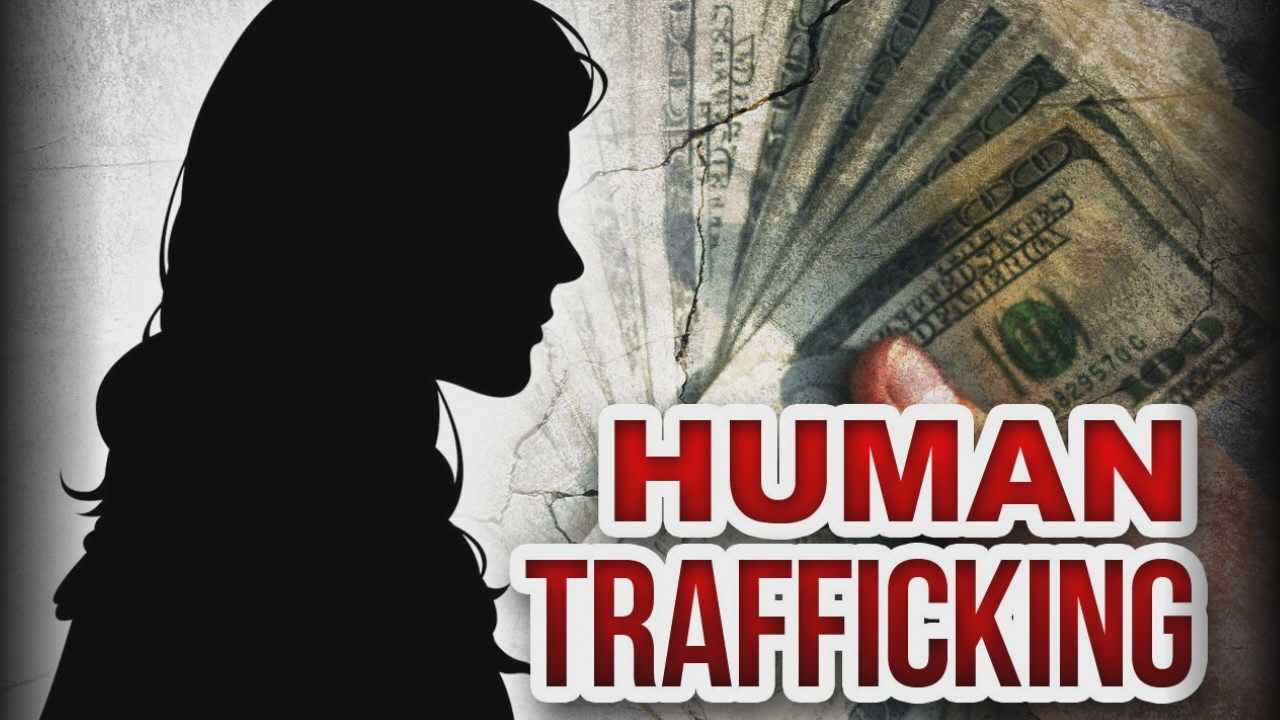
NGOCSTIP – Power of Awareness plays a critical role in the global fight against human trafficking. With millions of victims exploited every year, education and awareness are essential tools for prevention. Public awareness campaigns inform communities about trafficking risks, warning signs, and how to take action. These campaigns not only empower individuals but also shift societal attitudes, making it harder for traffickers to operate undetected. Through media, education, and digital platforms, awareness becomes a frontline defense in protecting vulnerable populations around the world.
Human traffickers use force, fraud, or coercion to exploit people for labor, sex, or other harmful purposes. Additionally, trafficking affects individuals of all ages, genders, and backgrounds. Often, traffickers lure victims with false promises of jobs, education, or a better life. Eventually, victims end up trapped in dangerous and abusive environments. Moreover, many trafficking cases go undetected because victims remain hidden in plain sight.
Therefore, one of the most effective ways to fight trafficking is by teaching people how to recognize it. As a result, awareness campaigns play a critical role in prevention efforts. They highlight the deceptive tactics traffickers use and the warning signs of potential exploitation. Furthermore, these campaigns provide communities with access to help and support systems. Consequently, they empower citizens to remain alert, act wisely, and help prevent trafficking before it happens.
Media platforms have become powerful tools in the effort to spread anti-trafficking messages. Television ads, documentaries, billboards, and radio spots raise visibility about the issue. By sharing real survivor stories and accurate data, these campaigns humanize the issue and create emotional impact.
Social media has also transformed the way information spreads. Anti-trafficking organizations use platforms like Instagram, TikTok, Twitter, and Facebook to reach younger audiences. Hashtags, infographics, and short videos make complex topics more understandable. Campaigns often go viral, encouraging people to learn more and share the message with others.
For example, the #EndHumanTrafficking hashtag has connected millions of people to educational content and survivor-led initiatives. Through awareness, online communities become part of the solution.
Raising awareness must start early. Many organizations work with schools to educate students about trafficking, safe internet practices, and how to protect themselves and others. Programs include interactive workshops, online safety courses, and survivor guest speakers who share their experiences.
In communities, campaigns often include posters in public spaces, local events, and training for businesses. Transportation hubs like airports and bus stations display signs that offer hotline numbers or alert travelers to potential red flags. Healthcare workers, hotel staff, and retail employees are trained to recognize signs of trafficking and report it.
These grassroots efforts make awareness part of everyday life. When everyone in a community understands the issue, it becomes harder for traffickers to hide.
High-profile advocates bring massive attention to anti-trafficking efforts. Celebrities like Ashton Kutcher, Priyanka Chopra, and Emma Thompson have used their platforms to raise awareness and fund survivor support programs. Their voices help reach audiences that traditional campaigns may not.
Global campaigns like the United Nations’ Blue Heart Campaign or the Walk for Freedom movement create international momentum. These campaigns bring people together across countries to raise their voices and take action. The visibility from such movements pushes governments and corporations to improve laws and ethical practices.
“Read more: Early Childhood Caries (ECC): Protecting Your Child’s Smile”
Technology is not just used by traffickers—it can also be used against them. Anti-trafficking campaigns increasingly rely on digital tools such as interactive websites, online courses, and mobile apps. These tools teach people how to spot suspicious activity and report trafficking anonymously.
Some websites feature quizzes, virtual reality experiences, or real-time maps of trafficking statistics. These tools make learning more engaging and memorable. They also collect valuable data to inform future campaigns and policy decisions.
Chatbots and AI tools have also been introduced to help survivors safely access support services without exposing themselves to danger. Awareness now extends beyond posters and pamphlets—it’s embedded into the digital world.
Many awareness campaigns succeed because of strong partnerships between governments, NGOs, and private companies. Airlines, banks, and hotels often work with nonprofits to train staff and spread messages. Governments help by providing funding, policy support, and national awareness days.
For instance, campaigns like Not For Sale, Polaris, and Stop the Traffik partner with both local and global entities to extend their reach. When sectors unite in a common cause, the message becomes stronger and more effective.
Collaboration ensures that awareness campaigns reach every corner of society. Whether through schools, businesses, or social media, everyone has a role in raising awareness and ending trafficking.